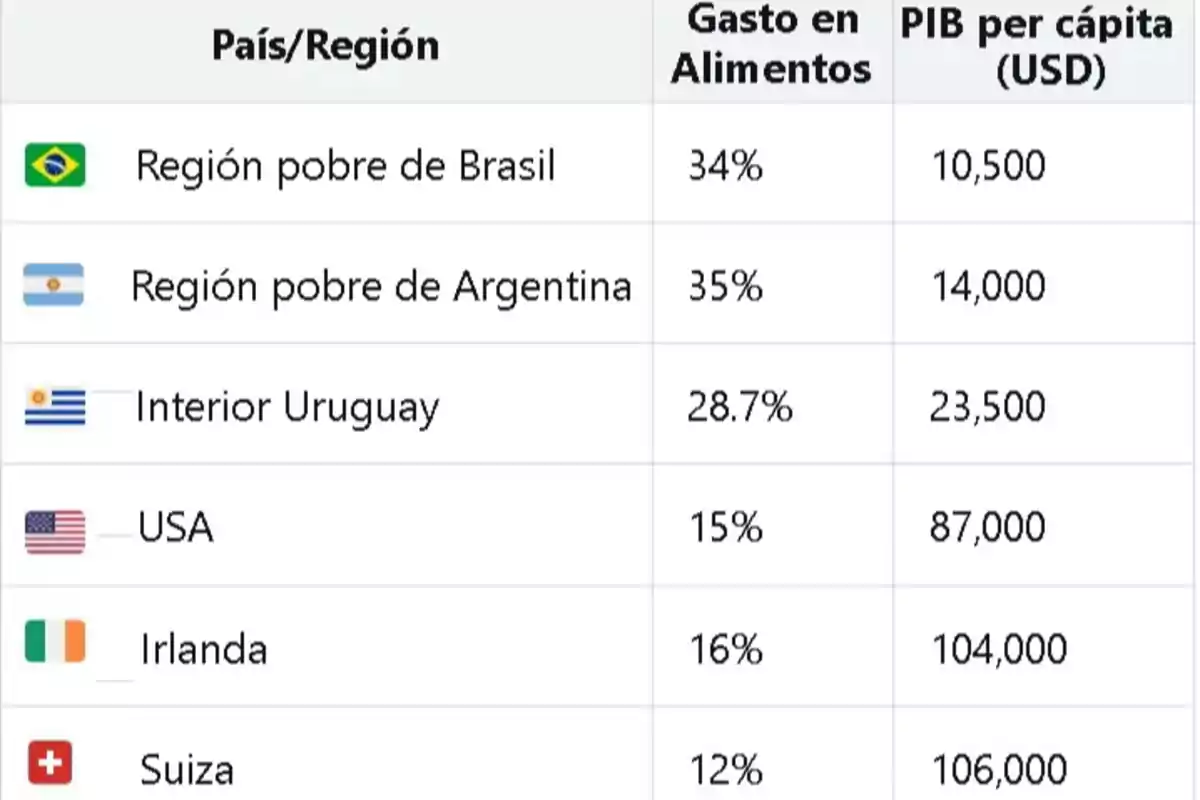
Uruguay is expensive, but not for the reasons we are told.
Chronicles of constant plundering
The high cost of living in Uruguay is a constant concern for its citizens, but the official explanations do not withstand even basic economic analysis. According to the economy minister from Frente Amplio, the country is expensive due to its small size and high wages.
These statements are economic fallacies that divert attention from the real problem: the excessive weight of the State.
This article debunks the official myths, explaining the causes of rising costs and the path to improving purchasing power.
You may also be interested in...
The myth of size and wages
Contrary to what the minister claims, small countries are not inherently expensive. Switzerland or Singapore demonstrate that a small size can be an advantage. Likewise, blaming high wages is a mistake that confuses cause and effect.

The three elements at play here are: wage value, cost of living, and productivity.
The value of wages
Real wages matter more than nominal ones. More than half of their income is absorbed by the State, disguising confiscation as "solidarity" or "social justice."
The cost of living
The cost of living is not due to high wages, but to the weight of the State reflected in artificially inflated prices by state monopolies such as ANCAP, UTE, and OSE.
Additionally, the 22% VAT, the progressive IRPF up to 35%, and the IASS punish those who work the most and retirees. All this is accompanied by tariff barriers and regulations that prevent competition.
You may also be interested in...
High prices are the result of state intervention allied with unions that disconnect wages from productivity, preventing the spontaneous coordination of the market.
Productivity
High real wages are sustainable only with greater productivity. With low productivity, better wages can never be paid.

Wages are determined by the marginal product of labor, which also depends on available capital. Since the Industrial Revolution, real wages have grown thanks to productive progress, except in sectors where the government intervenes: health, education, energy, transportation, credit.
We are expensive, and it is not good
Some data show the proportion of household spending on food and the excessive growth of public employment.
In wealthy countries, household spending on food is 14%. In poor countries, 33%. The more we spend on food, the less we can save and invest.

The population grew 2% in 25 years, but direct public employment increased 35%. The largest increase occurred under Frente Amplio governments, especially under José Mujica.
You may also be interested in...
Conclusion
Wages do not explain the high cost of living; it is the cost that erodes real wages. Raising them by decree, without productivity, further impoverishes the population.
What is needed is more saving, investment, and productive work, and less State eroding income through taxes, monopolies, and regulation.
Redistributing income doesn't generate wealth: it only condemns the country to poverty. It is urgent to eliminate state monopolies, reduce political spending, and lower taxes. Only then will we stop being an expensive country to live in and a poor one for progress.
More posts: